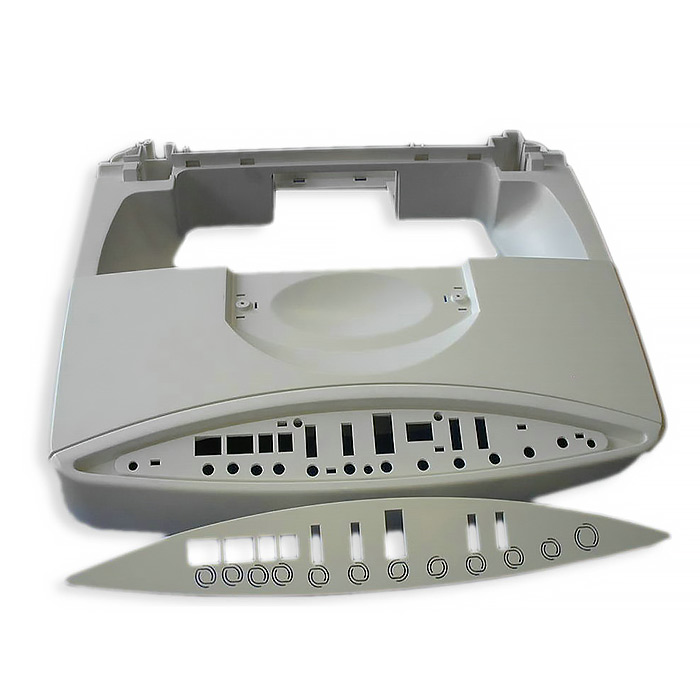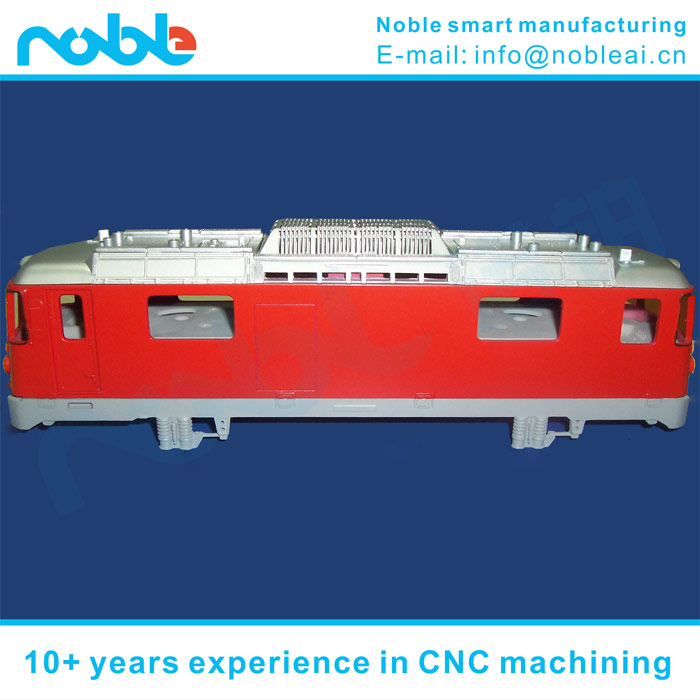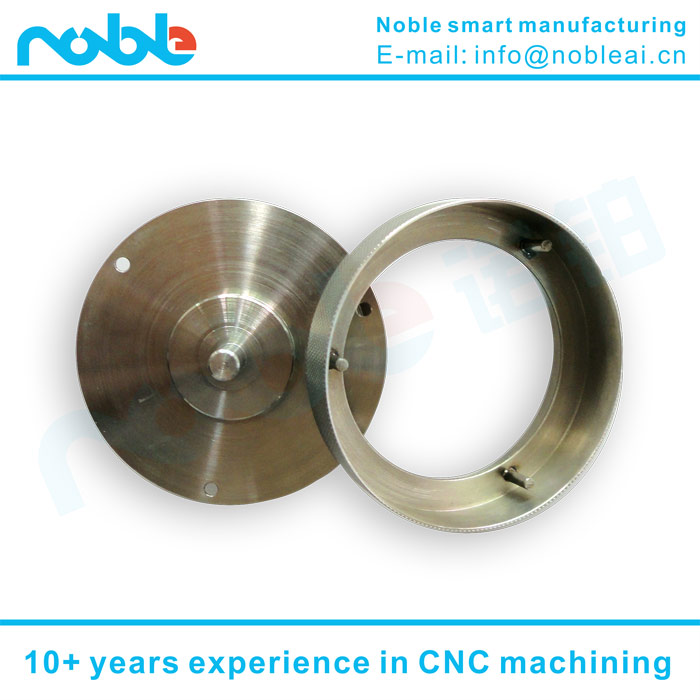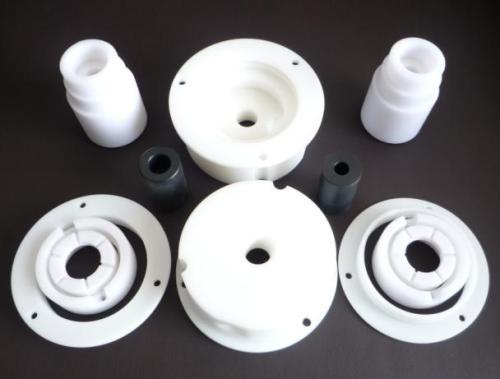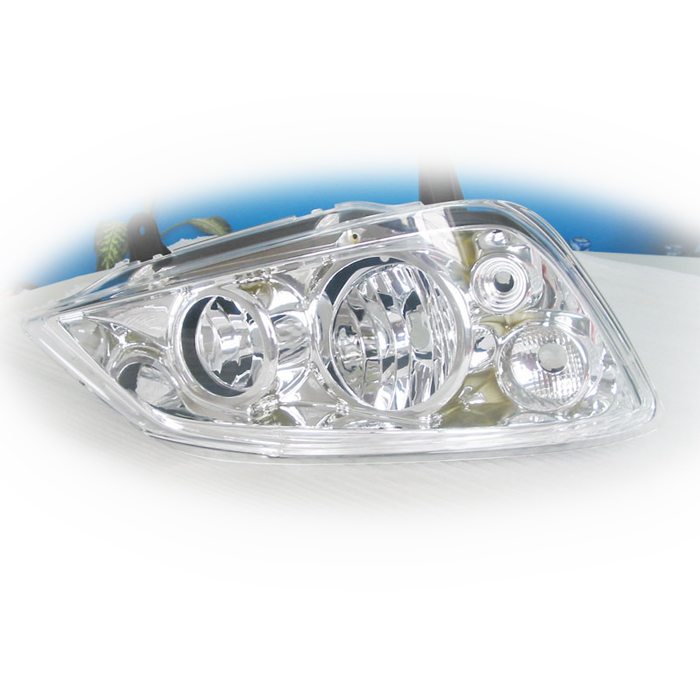From the rough into the finished product CNC machining process, the total thickness of the metal layer excised on a CNC machined surface is referred to as the total CNC machining allowance of the surface. The thickness of the metal layer removed from each process is called the CNC machining allowance. For the outer surface of the circle and the hole, the CNC machining allowance is considered from the diameter, it is called the symmetrical margin (that is, bilateral margin), that is actually cut off the thickness of the metal layer is the diameter of the allowance half. The CNC machining allowance for the plane is the one-sided allowance, which is equal to the thickness of the actually cut-off metal layer. The purpose of leaving a CNC machining allowance on a workpiece is to remove the CNC machining errors and surface defects left on the previous process, such as the chill layer, the pores, the sand layer on the surface of the casting, the oxide layer on the surface of the forging, the decarburized layer, the surface crack. After cutting the internal stress layer and surface roughness. Thereby improving the accuracy and surface roughness of the workpiece. The size of the processing margin on the processing quality and production efficiency have a greater impact. Too much CNC machining allowance not only increases the amount of labor for CNC machining, reduces the productivity, but also increases the materials, tools and power consumption, and increases the processing cost. If the machining allowance is too small, it will not be able to eliminate the various defects and errors on the process, but also can not compensate for the process of processing the clamping error, resulting in waste. The selection principle is to ensure the quality of the premise, so that the remaining as small as possible. In general, the more refined, the smaller the process margin.


